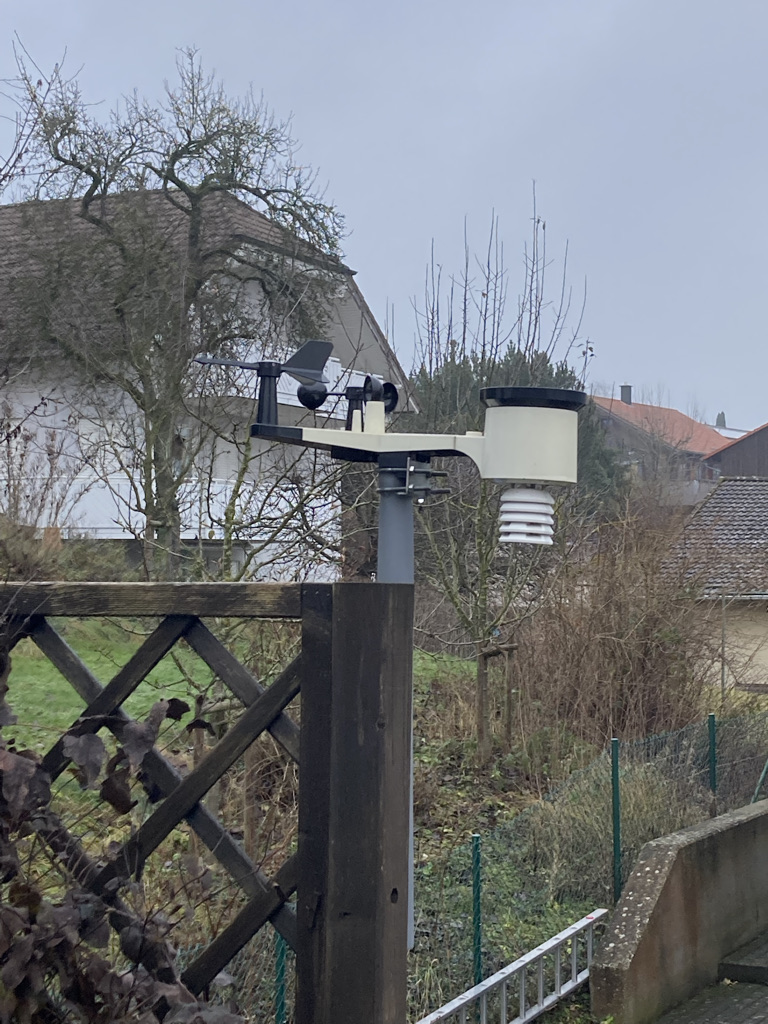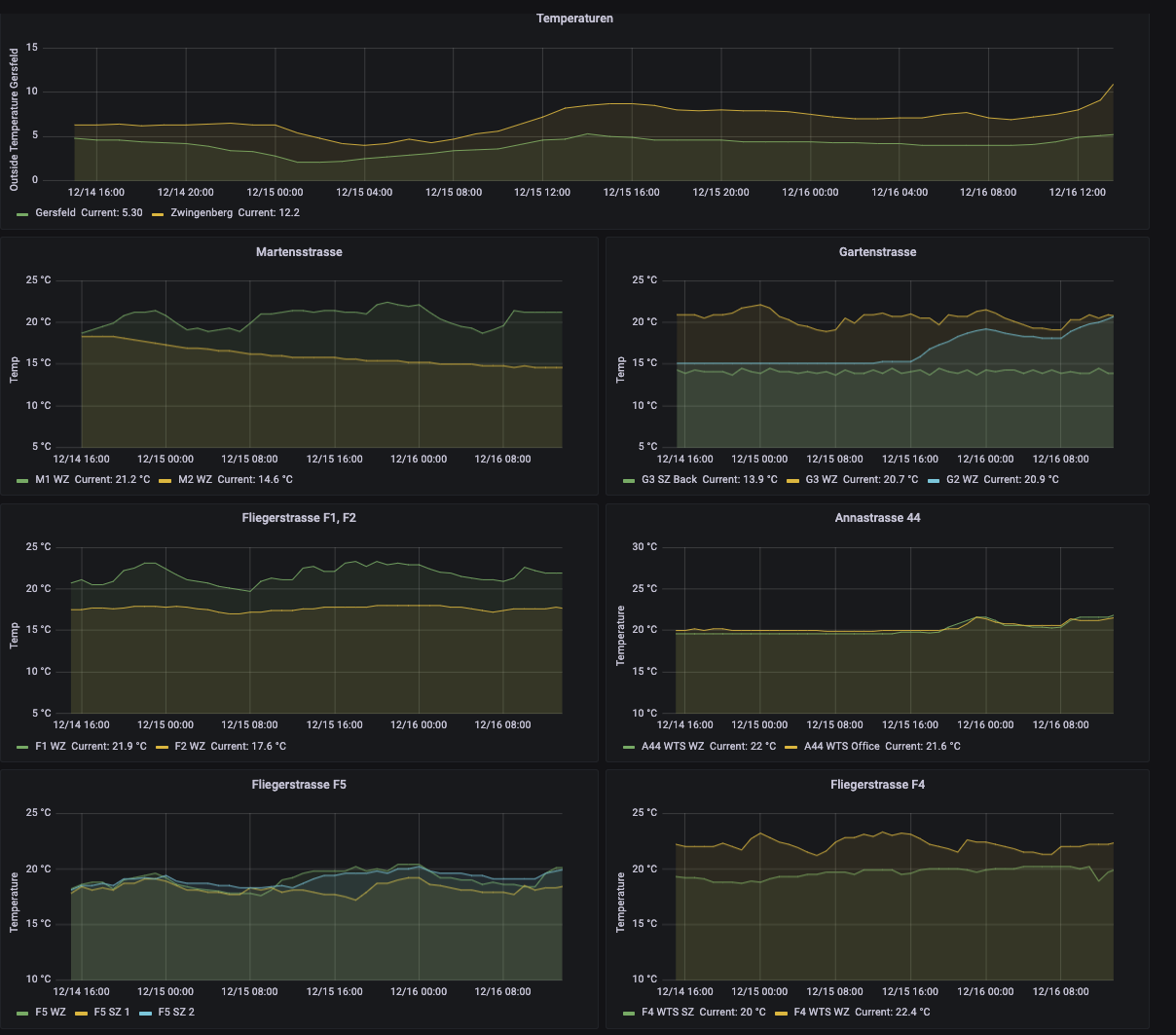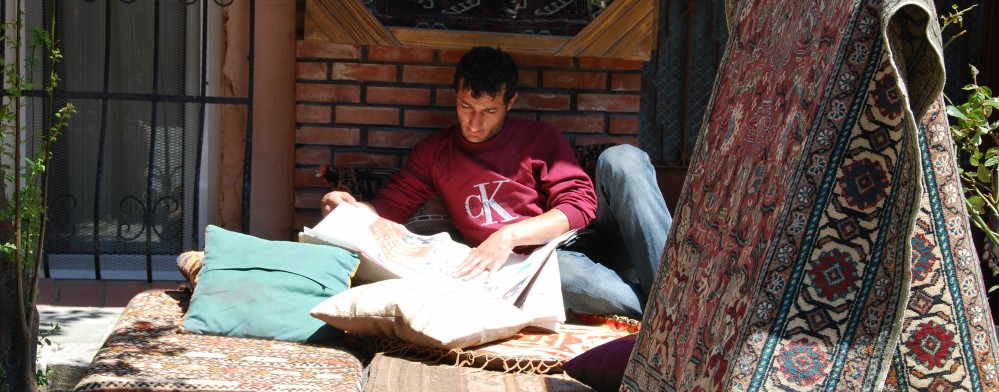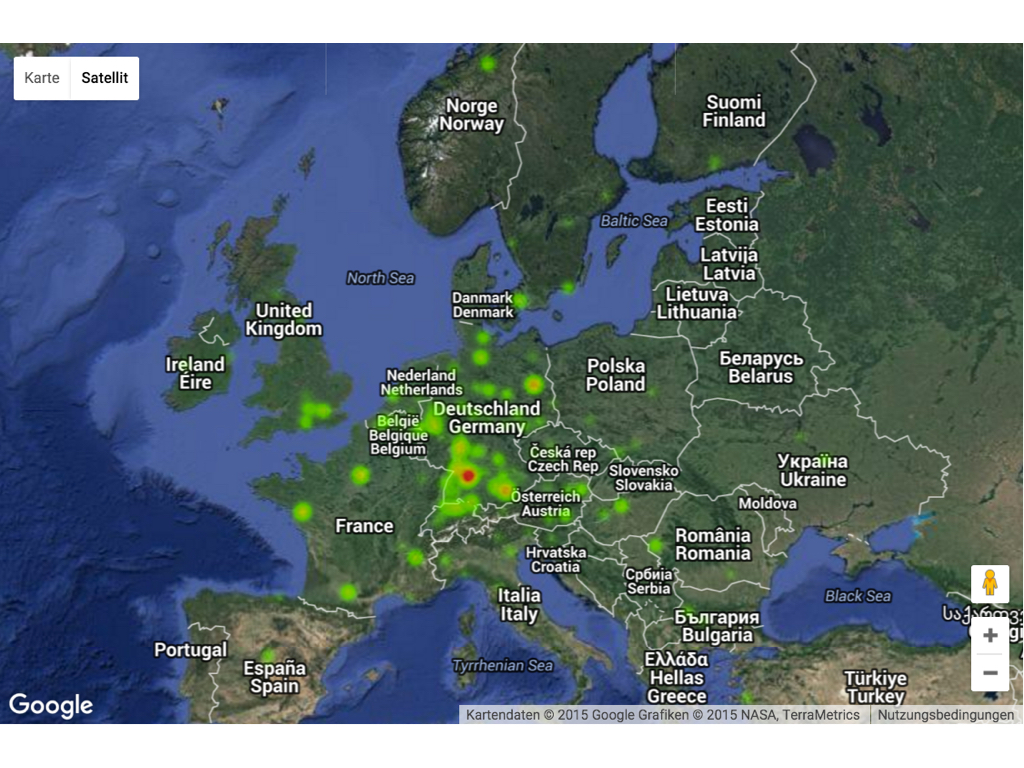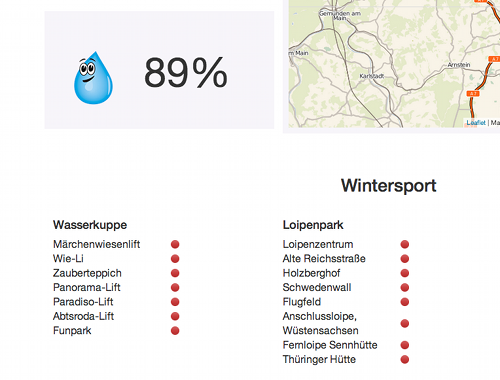Last week, I had to go to Italy for some an Eclipse meeting in Naples and then another one in Florence. Departure to Rome on the Sunday and the May Holiday on Tuesday gave us a chance to visit a couple of places before, between and after the business meetings.
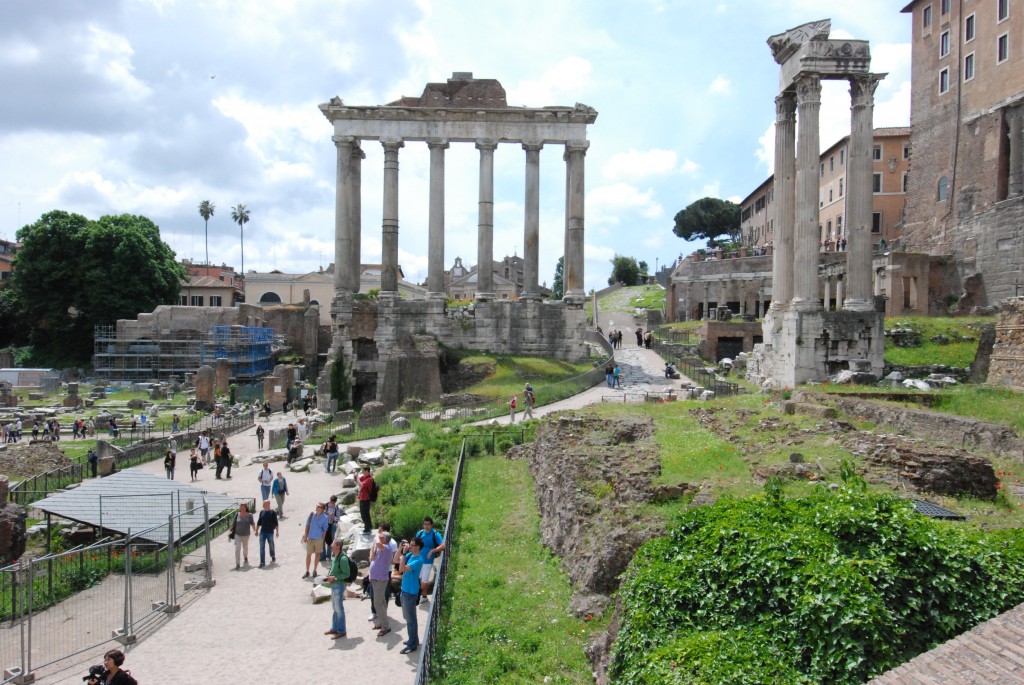
It started off on the Monday with a visit to the Forum Romanum. Having learned Latin for many years in school, the place is sort of familiar, and it’s always fun to visit. And not only this, I actually like to see ancient things a lot more than the religious places, which are usually overladed with the symbolisms of a belief I’m not really keen on. It’s actually true for the pagan religions of the ancient times as well, but there I can ignore it.
Next was the Colosseum, and this time we actually decided to stand in line and pay the fee of € 7 to get in. It took us about an hour to walk around, and that was time well spent! Saw a lot, learned a lot. The Colosseum has an onsite walk that explains the facility as well as the different building stages and the life in a day of a Roman while attending the games.

It is pretty amazing to wander around this place and imagine that down in the arena people were fighting for their lives while on the seats families where having their meals warmed up on open fires, playing with their children and doing beauty maintenance. That’s at least what can be deducted from the items found in the sewers.
Next stop was Naples, where we had May 1st to visit both Pompeji and Herculaneum. Both of them got destroyed in the eruption of Mount Vesuvio in AD 79. While I had visited Pompeji before, it was very interesting to visit Herculaneum, a much smaller site that is also less frequented by tourists. And you actually have a chance to stroll through the modern town attached and have a normal coffee or beer 🙂
Different to Pompeji Herculaneum provides a good look at the structures and buildings, as they were not as destructed as in Pompeji. The picture below shows a look at a Roman fast-food restaurant.
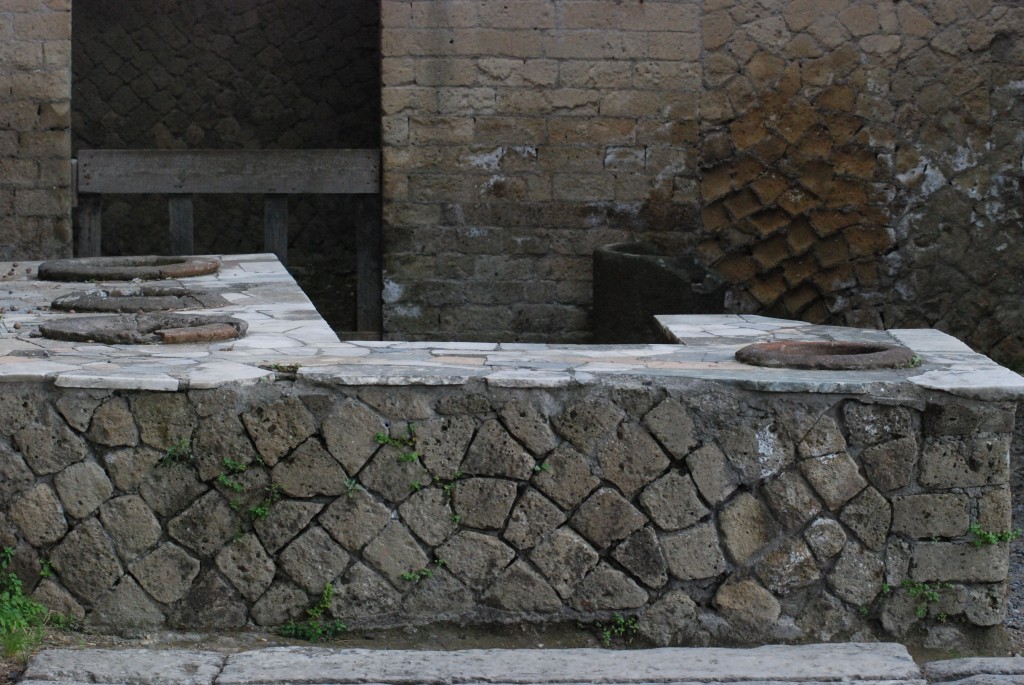
Again on this part of the trip my Latin lessons came back, and I’m looking forward to reading the letters that Pliny the younger sent to his friends, describing the events in AD 79.
As a side note: We staid in an old and quit hotel close to Pozzuoli, called Delle Therme. Completely outdated, but has a lot of charme if you can live with ancient beds:-) And the best: We ran into a photo shooting where we made the actress pose for us in her 60’s outfit.

Next stop was the Eclipse Day Florence. The event was very well organized, and the line-up of speakers was great. But I think that might be easier if you have to offer a location like Florence.

Before this post gets to long: Florence is great, I will go back and take a couple of pictures there!
My traveling compagnon Mike visited Italy for the first time ever. When we departed in Rome he told me that he was really impressed by Italy.
And guess what: The food was great in all the places we went, so my scales were the only onces who didn’t appreciate Italy.
